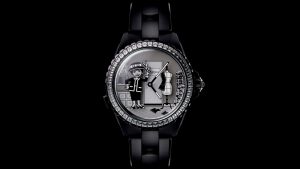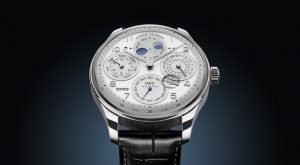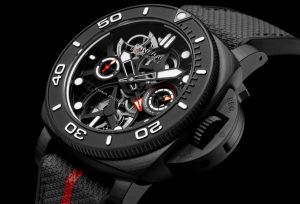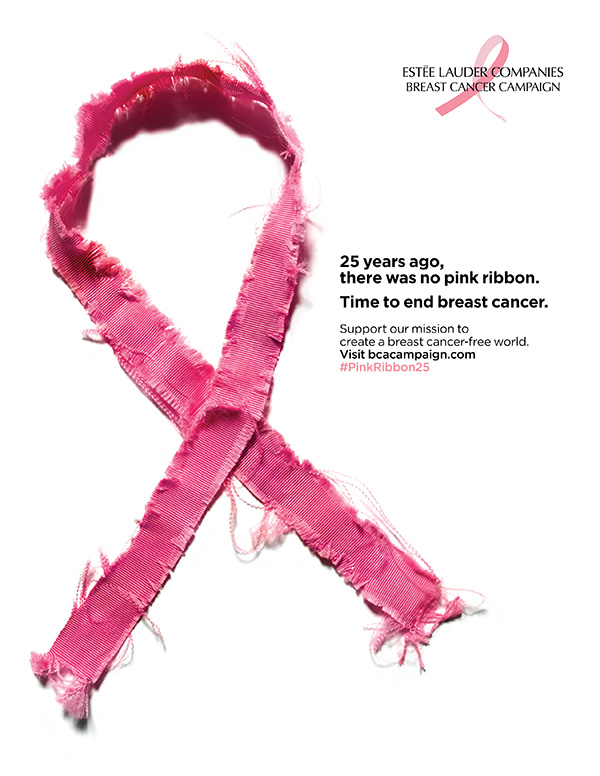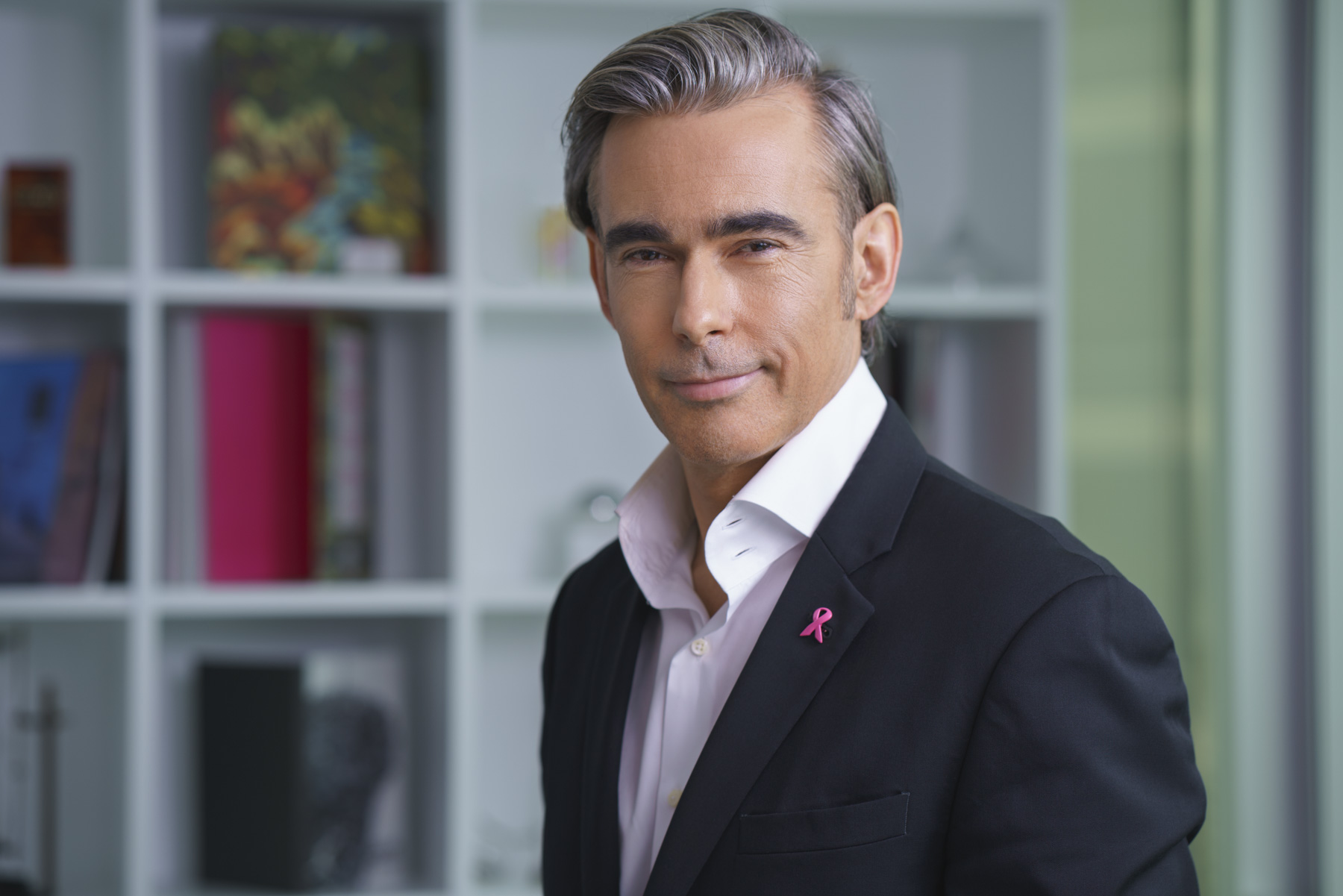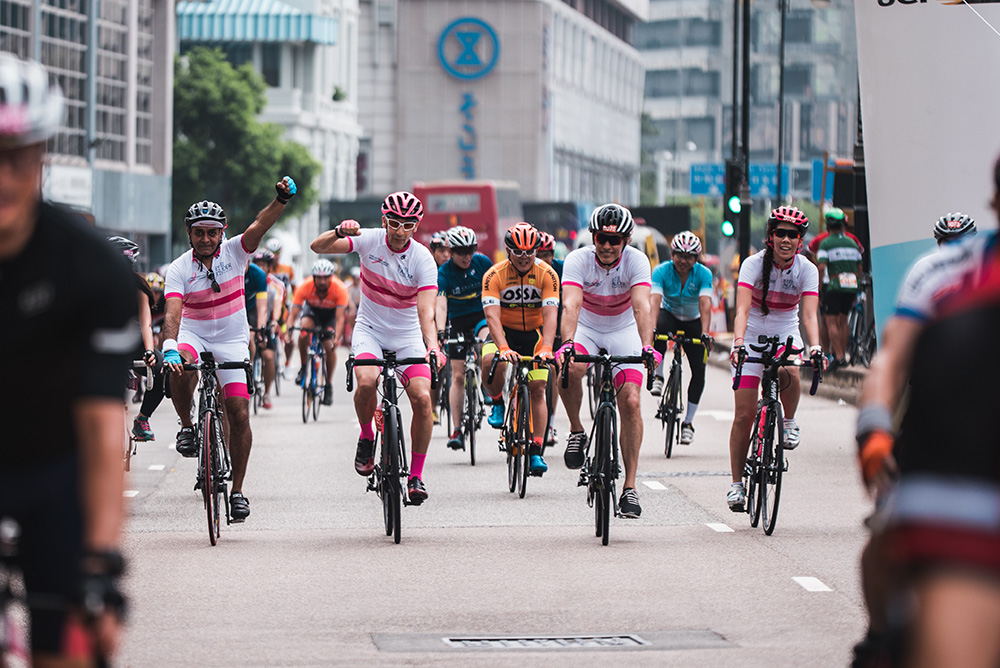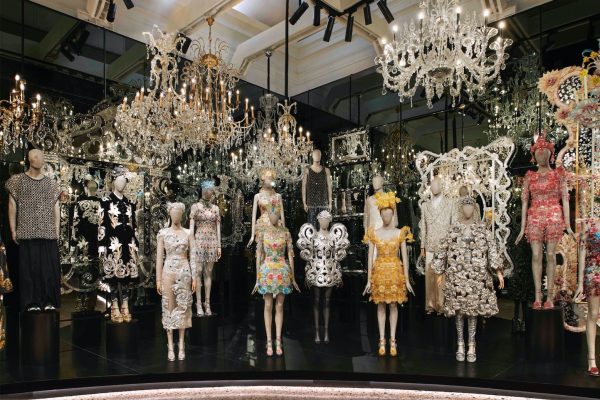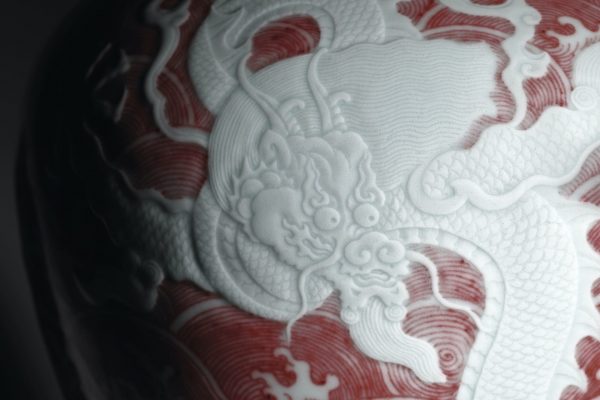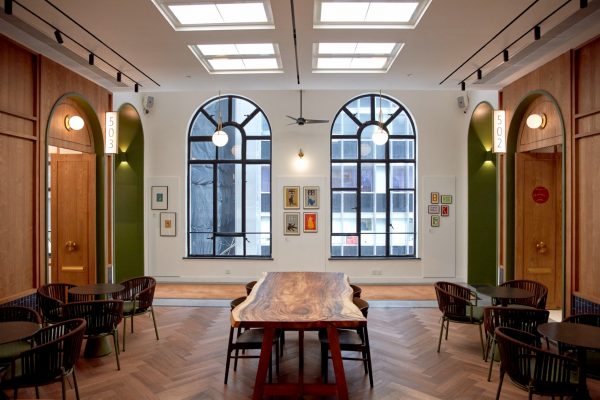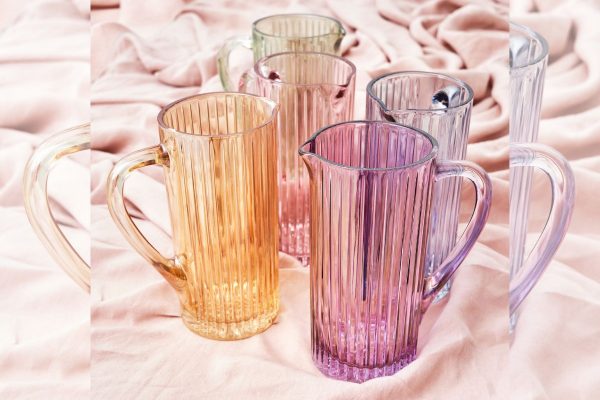When I first met Fabrice Weber, President of the Estée Lauder Companies, Asia Pacific this month, he was naturally wearing the pink ribbon. He tells me it’s a great conversation starter and he wears it not just during the Breast Cancer Awareness Month, but every day of the year. “[Breast cancer awareness] is not just an October thing, this is an ongoing thing and each and every one of us needs to find a way to engage it in conversation.”
From people who come up to tell him they are breast cancer survivors, to people who ask him what the ribbon stands for or confuse it for Aids awareness, Weber says the ribbon has given him the opportunity to speak to so many more people, mainly women. “You have a conversation with women you don’t know about breast health, and the conclusion of the conversation is me always telling them that they must go to the doctor, and you must do it every 12 months,” he says.
This year marks the 25th year of Estée Lauder’s Breast Cancer Campaign. In 1992, Evelyn H. Lauder, daughter-in-law of founder Estée Lauder and then-editor of Self Magazine, Alexandra Penney co-created and popularised the pink ribbon symbol. A year later, in 1993, Lauder founded the Breast Cancer Research Foundation to generate funding that would be solely dedicated to breast cancer awareness.
Because of Lauder’s vision, more than US$70 million has been raised to fund global research, education and medical services. Up to 225 medical research grants have been funded (US$56 million from total funds raised) that equaled 1,120,000 hours of research. As a result, breast cancer mortality rates have decreased by 38 per cent in the last twenty years, and survival rates for early detection is higher than ever.
There’s much to be proud of; but Weber says while there has been great progress, there’s still much work to be done.
In 2015, The Estée Lauder Companies commissioned a study with Nielsen of over 6,000 women in 13 countries across Asia Pacific on the topic of breast cancer. How many women understood the causes of breast cancer? How many women knew what the symptoms are? The study found that while Southeast Asia’s developing countries were more and more aware of breast cancer, it didn’t necessarily equate to being more educated about what having breast cancer means and what proper action they should take.
With increased awareness comes increased misconceptions. “In emerging markets like the Philippines, Vietnam and Indonesia, the awareness was very high about breast cancer as a concept but the urban myth was incredibly powerful. One of them I remember was that bras with metallic frames can cause breast cancer,” says Weber.
There are many other examples: 54 per cent of Filipino women surveyed believed that injury to the breast caused cancer, 11 per cent of Malaysians still think breast cancer is contagious, and only 29 per cent of Indonesians surveyed were aware that family history increased the risks of breast cancer.
Even I am guilty of lack of knowledge. For one, I did not know that there was a correct time to perform a self-check (answer: after your period). I knew lumps could be a sign of breast cancer, but there were countless other indications, including discolouration, change of texture, pain, nipple retraction, skin irritation and more.
Breast cancer prevention is also further complicated by the fact that in Asia, women were much more conscious about performing self-checks. Weber says it’s a cultural problem. In Hong Kong, Nielsen’s study found that only 1 in 4 women would tell their husband or partners if they were having a potential breast issue, only 1 in 10 would talk to their parents, and less than 1 in 10 would tell a friend.
To get around the cultural barriers, Estée Lauder Companies work with local charities, non-profit organisations and doctors to reach out to people at grass-roots level. In Hong Kong, for example, Estée Lauder Companies works closely with Dr. Ava Kwong of the Hong Kong Hereditary Breast Cancer Family Registry to help women open up to potentially life-saving early detection and treatment.
Five of Estée Lauder Companies’ top beauty brands, including Bobbi Brown, Clinique, Estée Lauder, La Mer and Origins will also be selling limited edition Pink Ribbon Products this month, where 100 per cent of the proceeds go to the Hong Kong Hereditary Breast Cancer Family Registry and the Hong Kong Breast Cancer Foundation.
Read: Ways to support Breast Cancer Awareness Month
With the work Estée Lauder Companies has been doing and the continued breakthroughs made in breast cancer research, there will be a happy ending. Weber shares that doctors have predicted that there could be an end to breast cancer in the near future. “The statement that we will completely eradicate breast cancer is not coming from people who want to just make marketing statements. With science, we can win this battle,” says Weber.
“Doctors in general are pretty careful about it but 15 years from today, they think we could be there and that is very encouraging,” he continues. “I don’t know if it’s true but in 15 years time, you and I may be having a drink here celebrating the end of breast cancer.”
So ladies, and men, don’t be shy about self-examinations, regular check-ups and to seek help and advice when you’re in doubt. Learn more about Estée Lauder’s Breast Cancer Awareness campaign here: bcacampaign.com, the Hong Kong Hereditary Breast Cancer Family Registry here: asiabreastregistry.com, and the Hong Kong Breast Cancer Foundation here: hkbcf.org.









